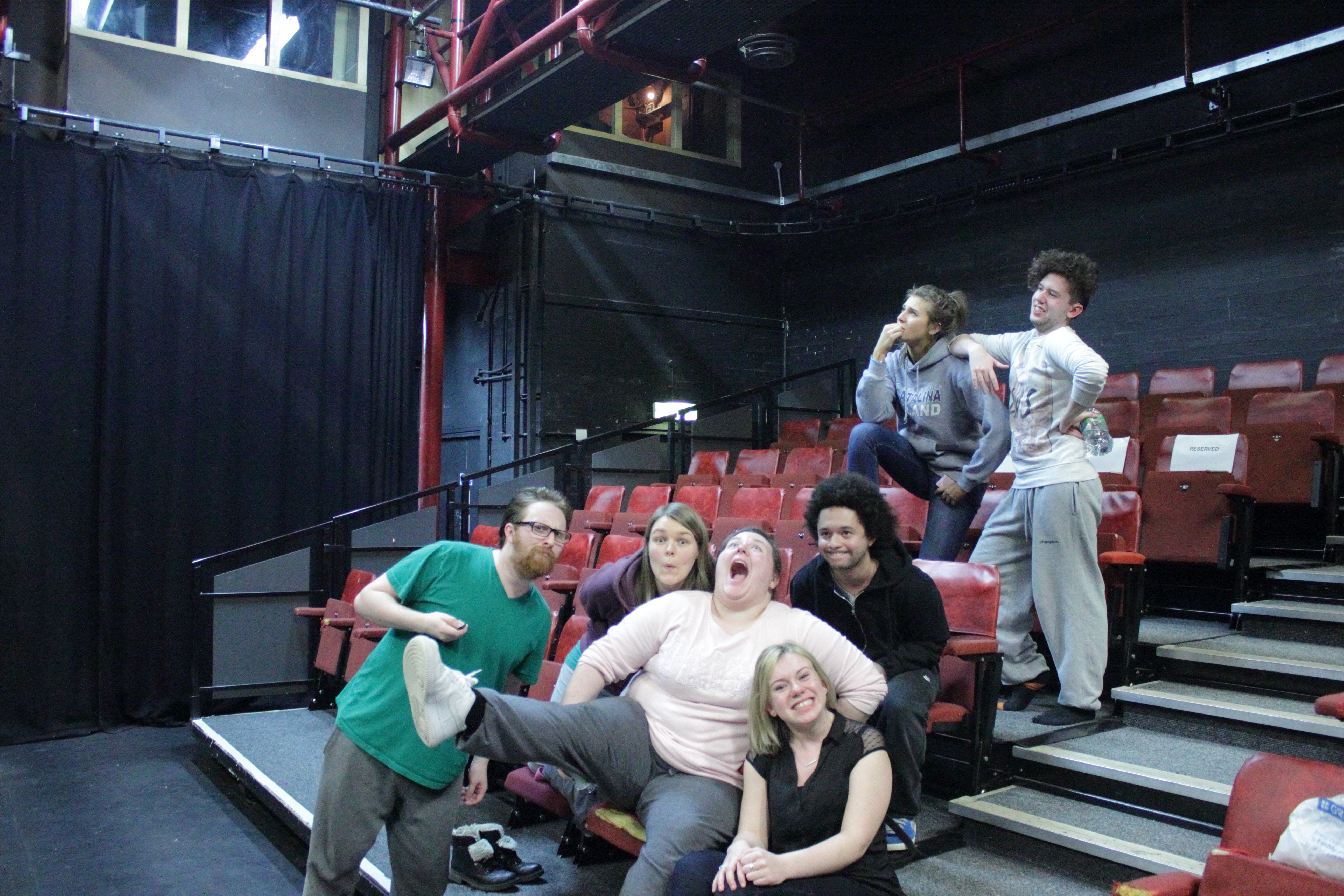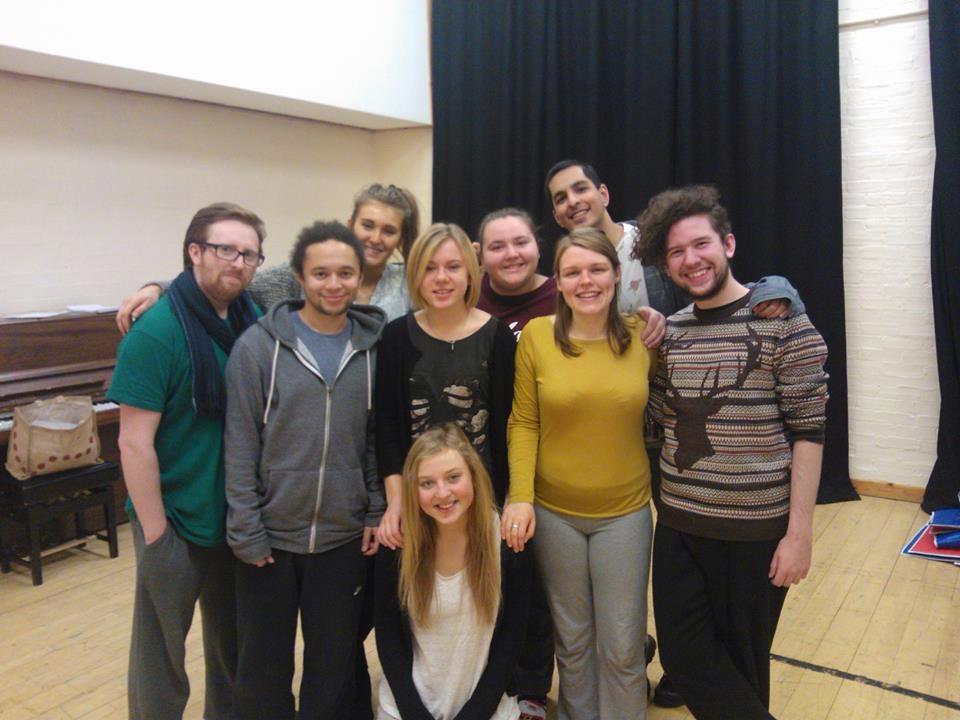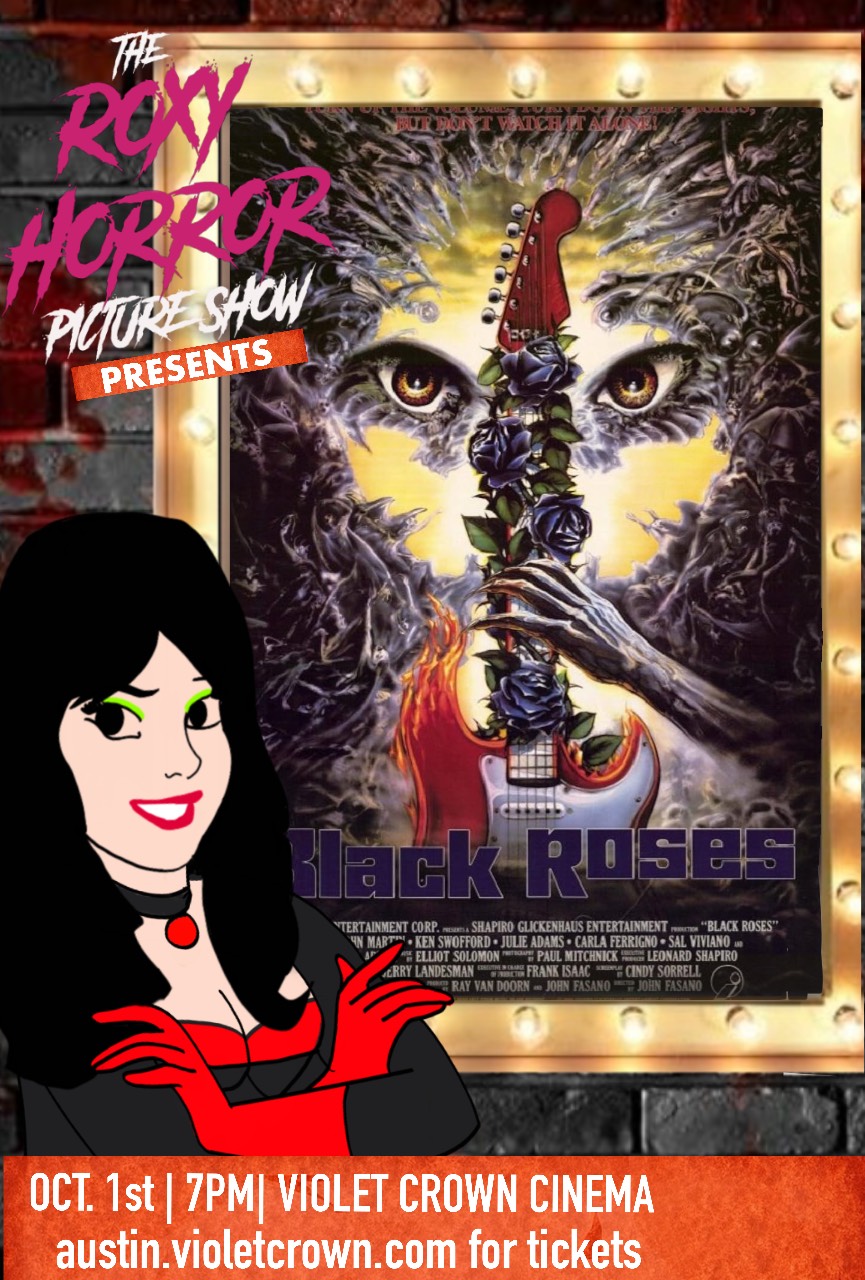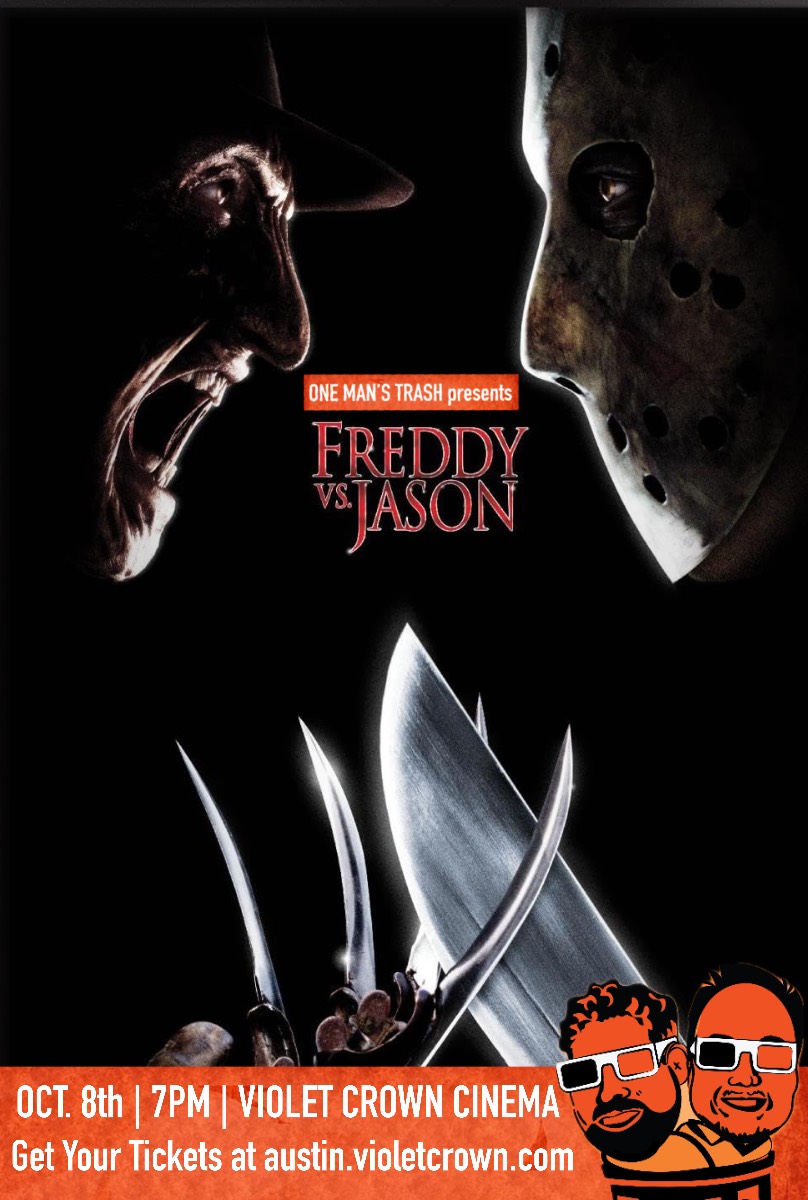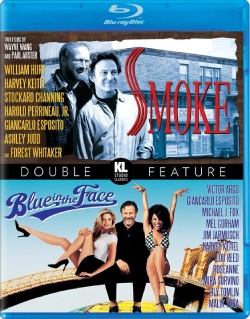Note: I was a little slow at writing these Journals and getting them online, so this one takes place on Sunday the 15th December and is the last before the Christmas Holidays.
Week Nine – 15th December
Today was the final day of Pille (in class, not life) and there was an air of undeniable sadness around. We had known for a number of weeks that this would be the end. We watched as she struggled with the decision each week and confided in us in making it. It was undeniably brave of her to make the decision and important for her to carry it through. We had come so far together and it was truly devastating knowing that she wasn’t coming back.
We continued our journey of exploring Nadine George with Susan. We discussed the process of maintaining the research throughout the week and I have identified how it is often difficult to do so when there isn’t consistency in being creative. It’s incredibly frustrating.
This week, we looked at the second sequence of NG, This time on the back. There was a sense of familiarity with the process but also feelings of self consciousness that arose once more. I found it harder to switch of this week than I had in previous weeks. This sequence is similar to the first sequence and I’ll outline the steps below, though without context it may seem a little odd.
Breathing in through nose, out through mouth. Channelling the energy, space and time for in breath.
Sit at partner head, Get into familiar position
Get into comfortable position.
Take weight of partner head with both hands, open relaxed palms on back of neck, taking any hair away from neck.
People on floor let you head drop onto hands.
Gentle roll. Head, side to side gentle roll, checking that you have weight of head.
Bring head back to centre.
One hand underneath head, 2 fingers find base on neck, wait on in breath, on the out breath travelling up neck to base of skull.
One hand under head, one hand hooking underneath shoulder thumb on top, , waiting on inbreath then on outbreath pushing shoulder down to feet , 4x then swap over.
Gentle.
Open palm flat hand on chest wait on in breath on out breath sliding hand down chest slighty.
Take hand away, place head on ground.
People on mat, keep breath focus.
Place partner head on mat.
Person on floor, Lift knees up to ceiling,
(standing partner) taking weight of partner knees, walking knees in towards the chest, walk feet in towards bum, hooking partners feet in, knees hooking out, allowing partner to open legs, place hand on parnters knees.
Take weight behind the ankle; open the legs out, wait on in breath, then putting legs down on out breath, slow.
Hook both hands underneath shoulders, one time, pushing shoulders down to feet, centring the head.
Step way from partner.
Internal connection eyes closed to external to opening the eyes gently, working with connection with space,
Keep focus, journey with breath.
Roll onto side, come onto all four. Roll up the back and maintain in the breath in full body.
It’s often difficult to communicate the effects of the sequence. First of all, the effects are never the same and it can be entirely subjective. However, I felt my expansion of breath was more substantial on the back than on the front because it wasn’t subjected to the pressures of lying on the front. Subsequently I was able to control the breath more and not force either in breath or out.
We continued investigating the process of the standing in a circle together and breathing. We breathe in arms come up, breathing out arms come down focus forward, and then turning the head. Like last week, we then proceeded to walk around the space, and when prompted, taking partners’ wrists, breathing in the arms down, breathe out the arms go up. Finally, we embraced a partner and breathed together. In each of the stages of the exercises each partner is different. There is a different energy, therefore a different transference of energy. To me, this struck me as being very true to being on stage also where no performance is the same and no interaction, no line, no response is ever ‘prepared’ on an emotional or energy level. I remember performances where actors are saying lines to each other, but it doesn’t feel like they are talking or reacting to each other.
Next, we were given a fresh piece of written work Isabelle Wright to work on. Having never seen the script before, we began to work on the script and analyse details such as the length of sentences, stage directions, the tone, is it funny? Serious? Dream or real life? Setting, Genre and so on. In our groups, we began to break the text down into units – clear settings where there is a clear shift (another character entering, a door bell ringing etc). Within each unit, we decided what each character wanted and what was stood in their way from achieving this and finally what tactics the character would employ to get what they want.
After the textual analysis process was complete, we began performing the scene being mindful of this work but allowing our bodies to guide what we do.
Uniting a script is an extremely beneficial technique for an actor to adopt to begin to understand each scene as a contained unit but also the overall structure of the play itself. However, I found the analysis and uniting to be quite a challenge due to its academic, head based nature. I anticipate the process being difficult over a full length script.
This week there was a sense of, almost disappointment after the euphoria of last week but it is important to understand that sometimes great things happen but the process will change and it is okay to feel disappointed, or frustrated but to carry that research on to the next week.
We certainly all lament the loss of Pille and it is unclear how this will affect us in the weeks to come after Christmas.

